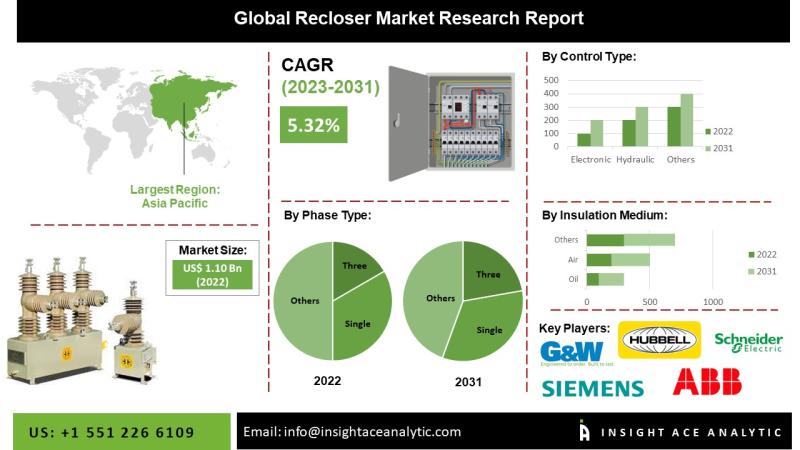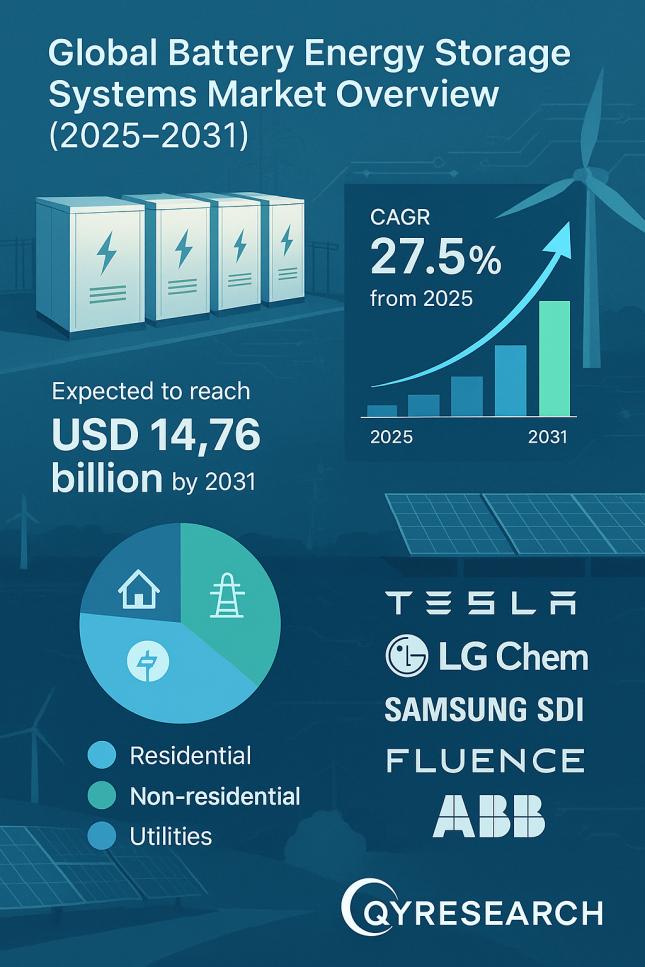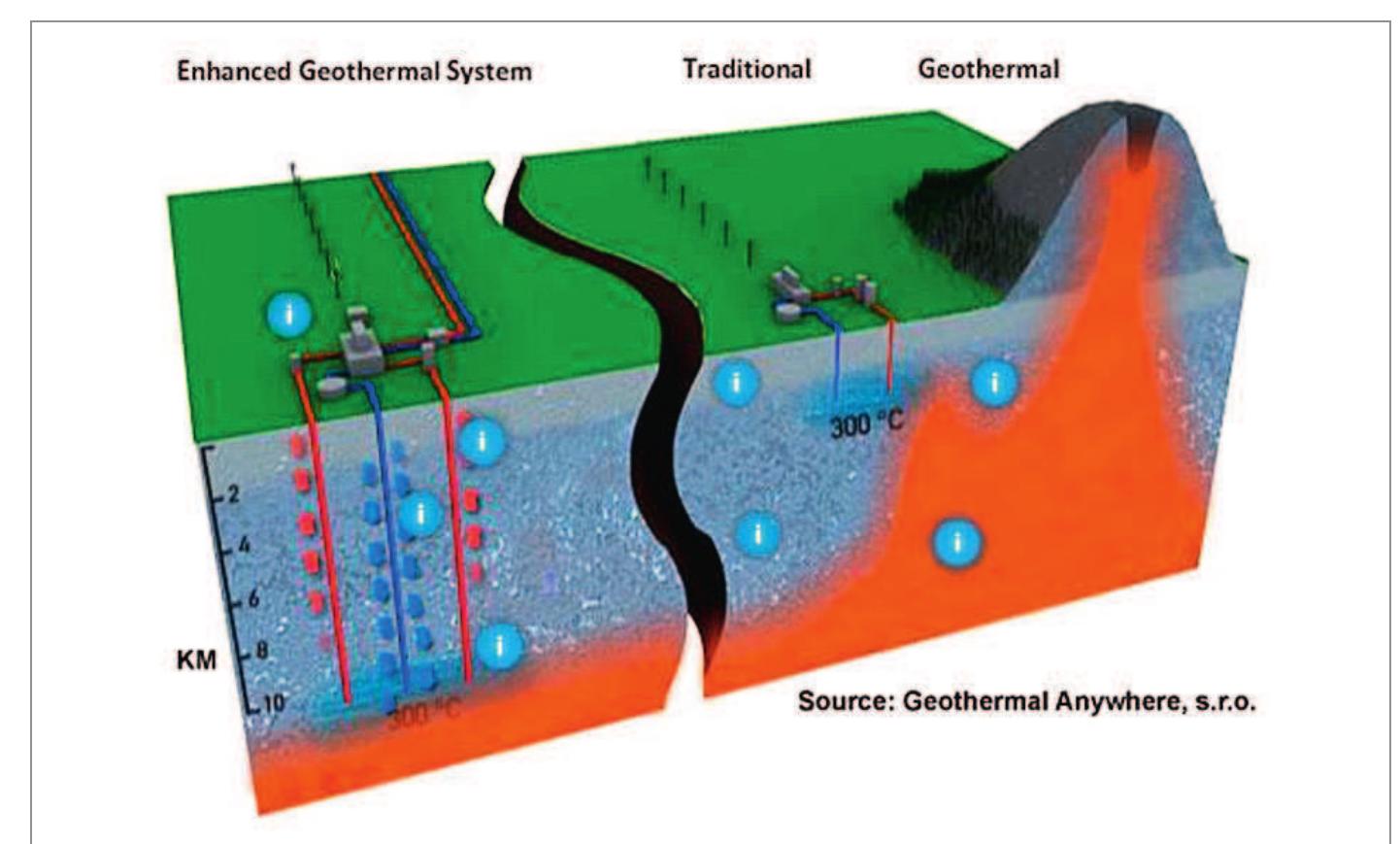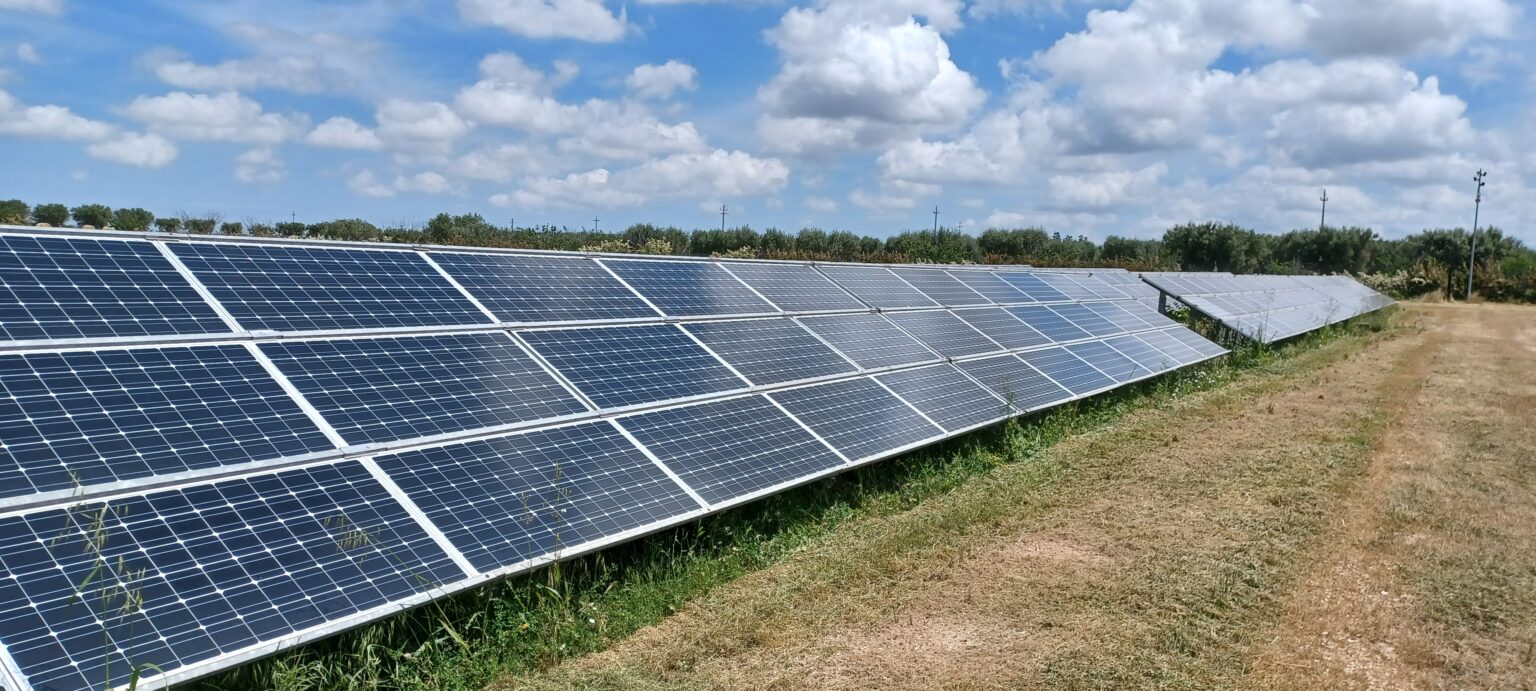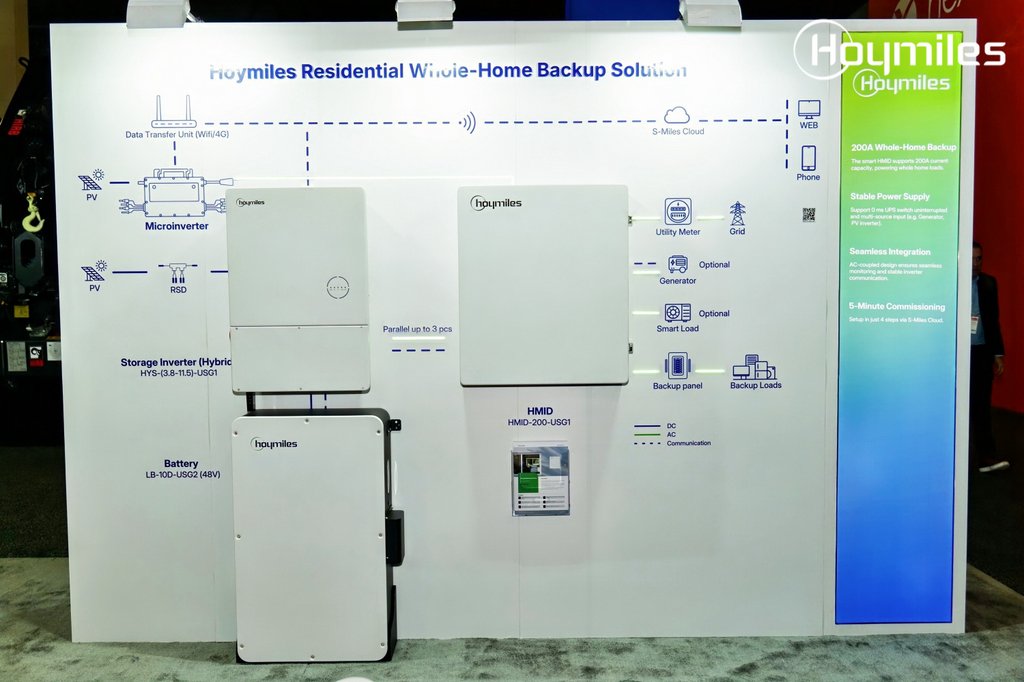Report on Powering Progress: Accelerating the Clean Energy Transition and Closing the Energy Access Gap
Introduction: The Centrality of Sustainable Development Goal 7
Achieving universal access to affordable, reliable, sustainable, and modern energy, as outlined in Sustainable Development Goal 7 (SDG 7), is fundamental to the realization of the 2030 Agenda for Sustainable Development. Progress on SDG 7 is a critical enabler for advancements across numerous other SDGs, including poverty eradication (SDG 1), health and well-being (SDG 3), quality education (SDG 4), gender equality (SDG 5), economic growth (SDG 8), and climate action (SDG 13). This report identifies seven key opportunities to close the global energy access gap and accelerate the transition to clean energy systems, thereby powering comprehensive sustainable development.
Seven Key Opportunities for Global Action
-
Scaling Up Decentralized Renewable Energy (DRE) Solutions
Decentralized systems, such as mini-grids and solar home systems, are crucial for delivering power to remote and underserved populations efficiently and cost-effectively.
- SDG 7 (Affordable and Clean Energy): Directly expands energy access to last-mile communities.
- SDG 1 (No Poverty): Stimulates local economies by powering small businesses and agricultural activities.
- SDG 11 (Sustainable Cities and Communities): Builds resilient and self-sufficient energy infrastructure in rural areas.
-
Strengthening Policy and Regulatory Frameworks
Creating stable, transparent, and supportive policy environments is essential to attract private investment and streamline the deployment of clean energy projects.
- SDG 16 (Peace, Justice and Strong Institutions): Relies on robust governance and clear regulations to de-risk investments.
- SDG 17 (Partnerships for the Goals): Fosters effective public-private partnerships to finance and implement energy projects.
-
Mobilizing and Unlocking Climate and Development Finance
A significant increase in financial flows, including blended finance and innovative financial instruments, is required to fund the clean energy transition.
- SDG 13 (Climate Action): Channels capital towards low-carbon infrastructure, contributing to national climate commitments.
- SDG 8 (Decent Work and Economic Growth): Investment in large-scale renewable projects creates green jobs and drives sustainable economic activity.
-
Prioritizing Universal Access to Clean Cooking
Transitioning the 2.4 billion people who rely on polluting fuels for cooking to clean alternatives is a critical development and health imperative.
- SDG 3 (Good Health and Well-being): Drastically reduces premature deaths from household air pollution.
- SDG 5 (Gender Equality): Empowers women and girls by reducing the time and health burdens associated with collecting traditional fuels.
-
Enhancing Energy Efficiency Across All Sectors
Implementing measures to reduce energy consumption in buildings, transport, and industry is one of the most cost-effective ways to advance SDG 7 and climate goals.
- SDG 12 (Responsible Consumption and Production): Promotes a “do more with less” approach, decoupling economic growth from energy use.
- SDG 9 (Industry, Innovation and Infrastructure): Drives innovation in industrial processes and supports the development of more resource-efficient infrastructure.
-
Investing in Human Capital and a Just Transition
Developing a skilled workforce is necessary to build, operate, and maintain the clean energy systems of the future, ensuring that the transition is equitable.
- SDG 4 (Quality Education): Requires investment in technical and vocational training for green jobs.
- SDG 8 (Decent Work and Economic Growth): Ensures the creation of quality jobs and supports workers and communities transitioning away from fossil fuel-based economies.
-
Leveraging Digitalization and Smart Grid Technology
The integration of digital technologies can optimize energy production, improve grid stability, and empower consumers, making energy systems more efficient and resilient.
- SDG 9 (Industry, Innovation and Infrastructure): Modernizes energy infrastructure for the 21st century.
- SDG 11 (Sustainable Cities and Communities): Enables the development of smart cities with integrated, efficient energy management.
Conclusion: An Integrated Path to Achieving the Sustainable Development Goals
These seven opportunities represent a comprehensive strategy for achieving SDG 7. Their successful implementation requires an integrated approach that recognizes the profound interconnections between energy, climate, and human development. By acting decisively in these areas, the global community can close the energy access gap, accelerate the clean energy transition, and unlock progress across the entire 2030 Agenda for Sustainable Development.
SDGs Addressed in the Article
SDG 7: Affordable and Clean Energy
- The article’s title, “Powering Progress: 7 Opportunities to Close the Energy Access Gap and Accelerate the Clean Energy Transition Now,” directly addresses the core mission of SDG 7.
- The meta property `og:image:alt` explicitly tags the associated image as “SDG7,” confirming the article’s central focus on this goal.
- Phrases like “energy access gap” and “clean energy transition” are central themes of SDG 7, which aims to ensure access to affordable, reliable, sustainable, and modern energy for all.
Specific SDG Targets Identified
-
Target 7.1: By 2030, ensure universal access to affordable, reliable and modern energy services.
- This target is directly referenced in the title with the phrase “close the energy access gap,” which is the primary challenge that Target 7.1 seeks to overcome.
-
Target 7.2: By 2030, increase substantially the share of renewable energy in the global energy mix.
- The title’s call to “accelerate the clean energy transition” points directly to this target. A clean energy transition is fundamentally about shifting from fossil fuels to renewable energy sources.
Indicators for Measuring Progress
-
Indicator 7.1.1: Proportion of population with access to electricity.
- This indicator is implied by the phrase “close the energy access gap.” Measuring the proportion of the population that gains access to electricity is the primary way to track progress in closing this gap.
-
Indicator 7.2.1: Renewable energy share in the total final energy consumption.
- This indicator is the direct measure for progress on the “clean energy transition” mentioned in the title. Tracking the share of renewables is essential to determine if the transition is accelerating as called for in the article.
SDGs, Targets, and Indicators Analysis
| SDGs, Targets and Indicators | Targets | Indicators |
|---|---|---|
| SDG 7: Affordable and Clean Energy | 7.1: By 2030, ensure universal access to affordable, reliable and modern energy services. | 7.1.1: Proportion of population with access to electricity. |
| 7.2: By 2030, increase substantially the share of renewable energy in the global energy mix. | 7.2.1: Renewable energy share in the total final energy consumption. |
Source: seforall.org


